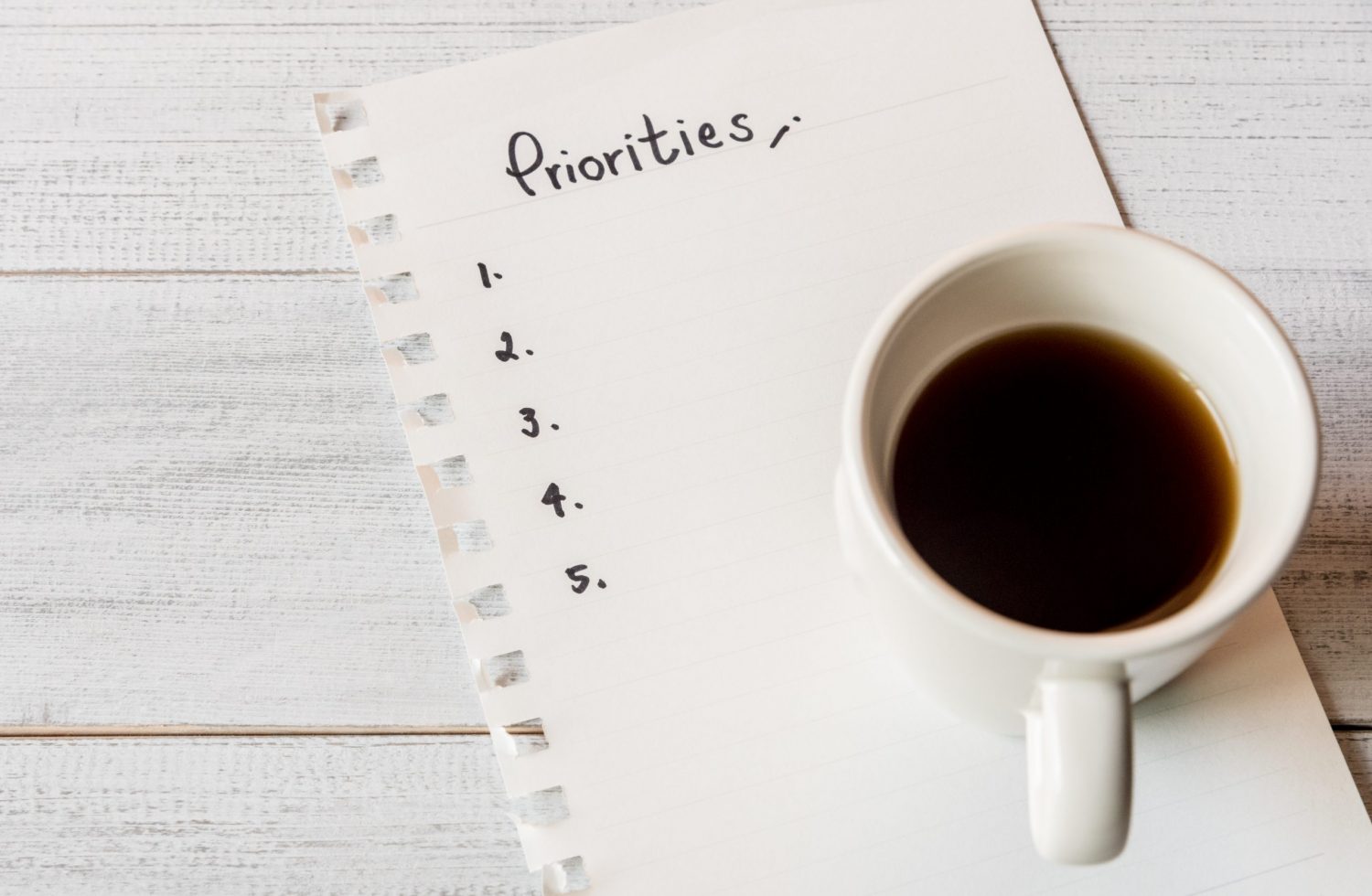After graduating, many Americans are left with more than just a college degree: They’re also burdened with student loan debt. If you belong to this group, you’re not alone. More than 44 million graduates have some type of educational debt, which can take an average of 20 years to pay off.
Luckily, we’re here to help you figure out the best repayment strategy, specifically by looking at the best loans to pay off first.
Not All Student Loans Are Created Equal
To start, you’ll want to understand the different types of student loans that exist. Let’s look at the most common loan types so you can figure out which one you have.
Federal Loans
There are four types of federal loans available to you as a student. They are:
- Federal Direct Subsidized Loans, which are based on financial need for undergraduate students.
- Federal Direct Unsubsidized Loans, which are not based on financial need for undergraduate, graduate, and professional students.
- Federal Direct PLUS Loans, which are offered in any situation not covered by the above two loans. They are also available to parents of undergraduate, graduate, and professional students.
- Federal Direct Consolidation Loans, which consolidate any of the above three loans through one lender.
The difference between subsidized and unsubsidized loans is revealed when the interest starts accruing. If you qualify for a subsidized loan, your interest won’t start accruing until your loan is due for repayment (typically six months following your graduation date). Unsubsidized loans begin accruing interest while you’re still in school, before the repayment period begins.
Private Loans
You might have a private student loan if you do not qualify for financial aid or federal loans or are still in need of funds after exhausting all other options. Private loans are financed through banks, credit unions, or online lenders. Since many students do not have a credit history, a co-signer is often required. Interest rates and loan terms will vary depending on the lender.
How to Prioritize Your Student Loans

Now that you understand the different types of student loans, you can determine which ones you have so you can better organize your repayment schedule.
1. Focus on Private Loans First
Even if you have a mix of debt between private and federal loans, you’ll want to turn your attention to private loans first. They often have higher interest rates, which means you’ll end up paying more on these loans over time. Many private student loans also have inflexible repayment options, so paying as much as you can each month will help you chip away at this debt more quickly.
Even if you choose to focus on paying down your private loans, you’ll still need to make your minimum payment on any federal loans you have.
2. Zoom In on Interest Rate
Now that you know which type of loan to prioritize, you’ll want to focus on the loan with the highest interest rate, rather than the highest balance. Since higher rates will cause you to pay more in interest over time, it’s best to start with the highest-interest private loan and work your way down from there. Typically, private loans will have higher interest rates than federal loans.
Let’s take the below 5 loans into consideration:
- Private Loan – $10,000 at 6.7% interest rate
- Private Loan – $8,000 at 6.1% interest rate
- Private Loan – $4,000 at 6.5% interest rate
- Federal Loan -–$12,000 at 4.5% interest rate
- Federal Loan – $3,000 at 5.5% interest rate
You might be tempted to pay more on the $12,000 federal loan first, but that’s not the smartest strategy. To save the most on interest, you’ll want to pay down these student loans in the following order:
- Private Loan – $10,000 at 6.7% interest rate
- Private Loan – $4,000 at 6.5% interest rate
- Private Loan – $8,000 at 6.1% interest rate
- Federal Loan – $3,000 at 5.5% interest rate
- Federal Loan – $12,000 at 4.5% interest rate
Again, you’ll still need to make the minimum payment on all your other loans, but you should put more than the minimum toward the loan you’re focusing on repaying first (in this case, the first loan on the list).
3. Stick to a Schedule You Can Afford
Paying down your debt as soon as possible is a good strategy if you can comfortably afford it. You still have to consider other expenses like rent, food, transportation, and any other bills you might have. You will also want to have an emergency fund handy in case any unexpected expenses arise. While paying an extra $500 on your loans may sound smart, if it puts you in a bad position financially, it could lead to further debt from personal loans or credit cards.
Figure out how much you can afford to pay beyond the minimum payment, then stick to a schedule that works for your financial situation.
4. Pay Down Small Loans
If you have four large loans and one that’s significantly smaller, you’ll still save the most money by focusing on the higher-interest loans. However, if you’re feeling overwhelmed with how long you can expect to be paying off your student loans, it may make sense to pay off a small loan in its entirety in order to get it off your plate.
When debt feels overwhelming, a small win like paying off a $2,000 loan – no matter the interest rate – might just be the motivation you need to keep saving and working on the rest of your debt.
Other Factors to Consider When Paying Down Student Loan Debt
There are reasons why paying off student loans early might not make sense for you. Everyone graduates in a different financial situation. You might not make tons of money following the first few years after graduating, as is the case for many people. Perhaps you’ll move to a city where rent is much higher than you’re used to. You should never pay down student loan debt early if it will impact the rest of your finances negatively.
For many graduates, student loan debt is the only debt reflected on their credit reports. Paying off your debt each month can build up a steady payment history, which can improve your credit score. If you have other financial priorities or goals, it’s okay to make minimum student loan payments to put your money into other endeavors.
If you’re shouldering any other type of debt (car loans, high credit card balances, or personal loans), you should always focus on paying those debts down first. Student loans, including private loans, often have much lower interest rates than most other forms of debt, so you’ll want to prioritize paying down any non-educational debt.
You should also look into student loan assistance and grant programs offered for different fields of study, for low-income graduates, or through your workplace to see if you qualify for any private or federal assistance.
The Bottom Line on Prioritizing Your Student Loan Debt
After graduating, it’s important to know which loans will accrue more interest than others so you can pay them back faster. You can save hundreds or thousands of dollars in interest by simply paying down a high-interest loan ahead of schedule. Paying off a loan early also lowers the monthly minimum payments on your other loans, allowing you to focus on repaying the rest of your debt sooner.
If you can’t afford to make extra payments, it’s okay to simply pay your minimums each month. Student debt is rarely reflected as a negative when it comes to your credit score, as long as you make your payments on time. Create a payment plan you can afford and stick to a set schedule each month, then watch as your debt starts to slowly disappear.
Need some more help deciding which student loans to pay off first? Our team of experts at College Finance is here to help. Check out this quick guide on student loan repayment options for more information.

